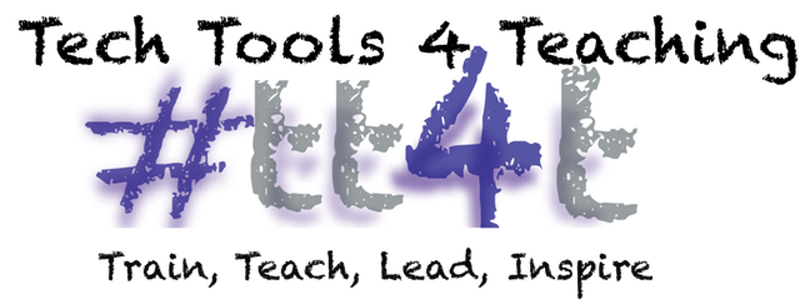NETA 2015 turned out to be a fabulous two day experience. Adam Bellow and George Couros contributed more than they know with their story telling, resources, ideas and passion for education. If you couldn't make it to NETA, here are some snippets of what they shared with the teachers at NETA last week.
Thursday April 23rd, NETA kicked off with Adam Bellow talking about the fear of failure and letting our kids reach their dreams. Adam Bellow is always an inspirational speaker with a focus on how we use technology in schools. He says the "break it, make it, share it" model should be repeated all day long in schools. And that "learning can be a messy process." Adam talked about turning a child's curiosity into passion. He makes the point that technology is the stuff and that what matters is what we allow kids to do with it.
Adam encouraged the audience to live the life of beta. Meaning, continue to try new things, fail, and then try again. Learning and life aren't perfect. Even though Adam is passionate about educational technology, he warns against certain things that cannot be downloaded, like curiosity and personal connections. He wishes to give kids roots and then wings for the future. He also made the point that the missing main ingredient for effective technology integration is time.
This philosophy of giving teachers time is what our TT4T team always preaches, so it was validating to hear Adam profess that teachers need more time to play. Giving teachers time and support and providing a risk-tasking environment has been critical to the success of our very own iPad Academy. Time to play, time to fail, and time to try again. He left the audience with two words: create and share. Do you?
Some tools that he mentioned briefly :
Pixel Press~ Lets kids create their own digital games with paper and an iPad.
Day 2 at NETA kicked off with George Couros talking three things: innovate, create, and voice. George has a real knack for storytelling and he told many during his keynote. One in particular was about his father and the things he learned from him. As a child of an immigrant parent, he saw innovation at its best. He watched his father go from only having a few dollars to owning his own restaurant, building relationships, and raising a family. He shared a video of his father, who passed away recently, and expressed how much it meant to be able to see his father in video. There was not a dry eye in the house.
George went on to explain the importance of connecting with his students as a principal. He greets kids each morning at his building, knowing their names. He admitted that his wife, a third grade teacher, keeps him grounded and provides perspective into the lives of kids.
Twitter became a game changer for George, once he began connecting with educators. He stated that surrounding himself with passionate people made a huge difference for him in education. Both Adam and George talked about the importance of Twitter and being connected to people who are passionate, intelligent, and connected. They made the point that teachers are only isolated if they choose to be.
I love his analogy to “be more dog”. The idea that people need to build strong connections to people and to be more playful in life and learning. Social media is an amazing tool to stay connected using selfies, Facebook, Twitter, and Instagram. This idea of digitizing our life to document amazing moments is a powerful tool that our teachers and students need to be leveraging,
The topic of innovation is central in his message. He stated that “you must change your routine to begin your innovative thinking.” He showed examples of digital content that can be remixed to make it even better. His message that innovation has no age barrier is so true!
He talked about creating opportunities for students to share their learning to give voice to what they create. I love the quote “chance favors the connected mind”. Are you giving your students room to be innovative, to connect with the world, and to publish to the world?
Nothing can compare to being there in person, listening to their stories, feeling their passion for people and education and gleaning ideas from Adam and George, but hopefully this post will help you feel a little more connected. We encourage you to follow these amazing educators on Twitter. I will leave you with this quote that George Couros shared:
Written by, Jenny Krzystowczyk
@jennykbps



